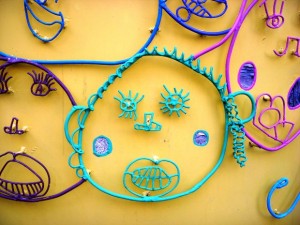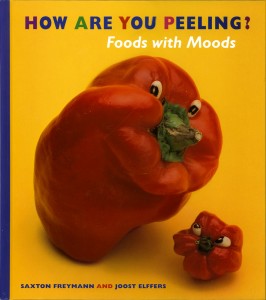Increasingly, we are recognizing the role of social and emotional development in young children as important for the adventure of school–and life. The title of the article, “Readiness: Not A State of Knowledge, but A State of Mind,” by Dr. Dan Gartrell, emphasizes this new perspective. He writes:
People used to think children were ready for kindergarten if they could say the ABC’s, count, identify colors, and write their first name. Readiness was always more complicated than that, and new brain research is helping us understand what readiness really is. Readiness doesn’t mean just knowing the academic basics. It means a child has a willing attitude and confidence in the process of learning: a healthy state of mind.
 Children need to learn the words that go with how they are feeling. As parents and caregivers, we can help by naming emotions for them when we can. Words like happy, sad, worried, frustrated, scared, angry, and disappointed could all be used in a day. We often ask children to calm down, so it’s a good idea to check and see if they know what calm would look and feel like.
Children need to learn the words that go with how they are feeling. As parents and caregivers, we can help by naming emotions for them when we can. Words like happy, sad, worried, frustrated, scared, angry, and disappointed could all be used in a day. We often ask children to calm down, so it’s a good idea to check and see if they know what calm would look and feel like.
Faces often give clues as to how someone is feeling, but only if a child is able to read the expressions. It’s fun to make silly faces and check them out in a mirror, or to match them to each other. Sometimes, it’s easier to tell the emotions on faces in children’s books. Hand puppets may be another option for making facial expressions.
Talking about our own emotions and sharing our feelings with kids is also very helpful. This gives children a model for understanding and communicating emotions. In the words of another title, “How are you peeling?”

